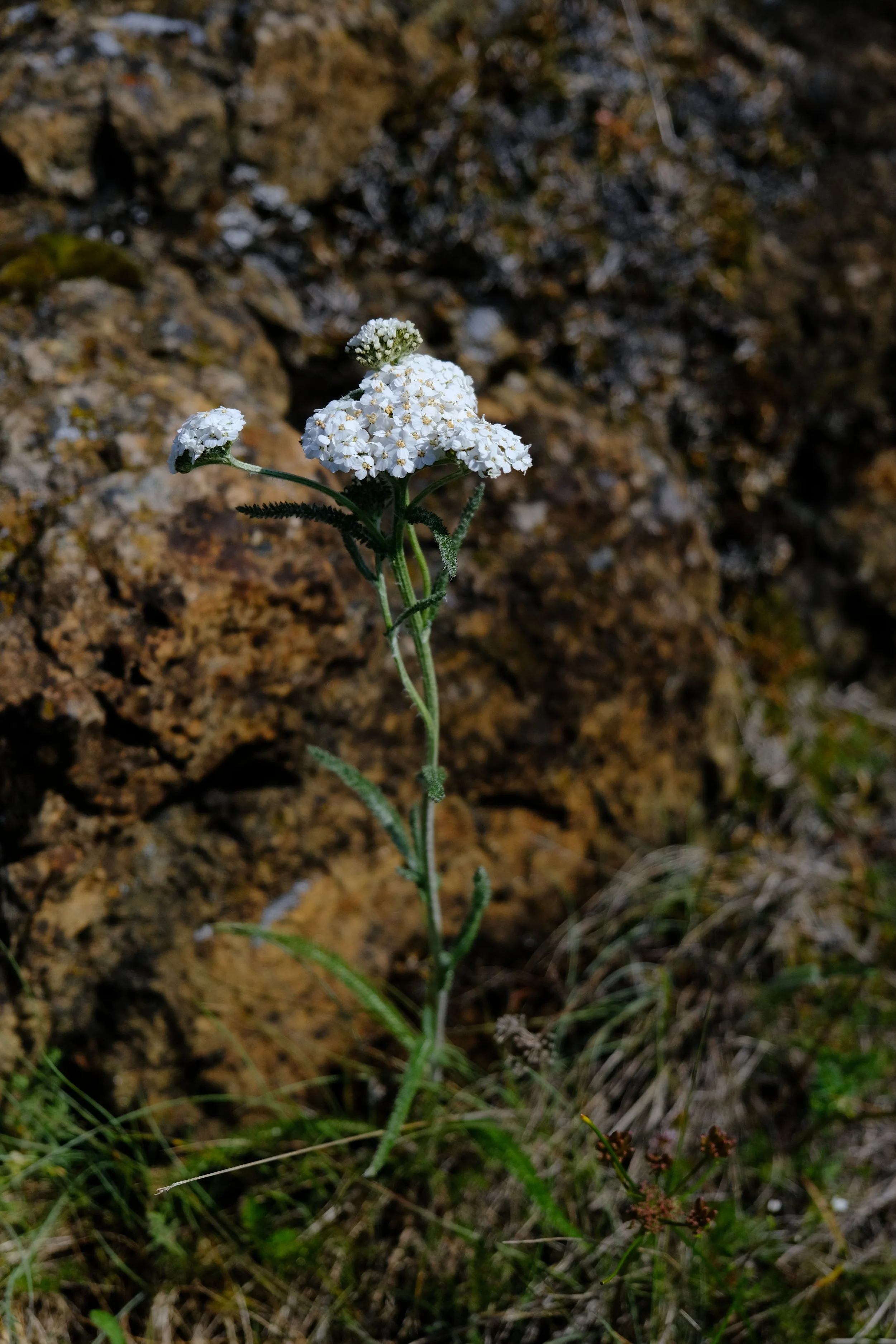Yarrow (Achillea millefolium)
Chances are you’ve seen yarrow (Achillea millefolium) before, seeing as it’s found across North America and is incredibly common both in its native form and as ornamental cultivar. So let’s learn a bit more!
Yarrow is far from picky in its choice of habitat, growing in open, dry to moist areas (think meadows, rocky balds, clearings, even disturbed areas like roadsides) from low to high elevations.
Morphologically, yarrow is pretty diverse. It has fern-like leaves which can range from glabrous and bright green to wooly and silver-green, depending on population. Its flowers are composite, with cream-colored disk flowers in the center surrounded by the ray flower which vary in color from white to pink to purple. These composite disk and ray flowers are arranged in flat-headed clusters (so, basically, they may look simple but these little flowers are doubly-compound! Thanks, Asteraceae).
You have plenty of time to catch this flower in action, too: it blooms throughout the spring and summer, from February to October depending on location.
References
Don Knocke and David Giblin, Achillea millefolium (Seattle: Burke Museum Herbarium, 2022).
Jim Pojar and Andy MacKinnon, Plants of the Pacific Northwest Coast (Auburn: Lone Pine Publishing, 2014), 279.
Mark Turner and Phyllis Gustafson, Wildflowers of the Pacific Northwest (Portland: Timber Press, 2006), 167.


